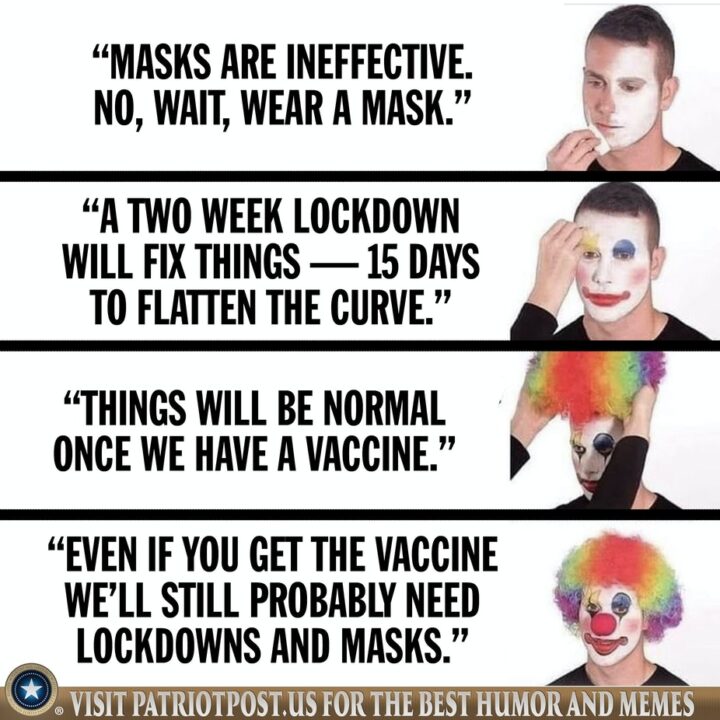Former news co-anchor Robert MacNeil describes the features of successful news programs this way. Keep everything brief. Do not strain the attention of anyone. Instead, you must provide constant stimulation. To that end networks use variety, novelty, action, and movement.
Bite-sized is best. We must avoid complexity. Nuances are dispensable.
Qualifications impede the simple message. Visual stimulation is a substitute for thought. Verbal precision is an anachronism. Combined, optimization of these attributes does not lead to a greater understanding of a topic. They lead to a superficial understanding while convincing us we are well-informed.
There is an old saying that in the news industry, “if it bleeds, it leads.” Stories that shock and sadden us get more attention from viewers, and therefore more coverage. Here is a selection of COVID-19 stories from 2020:
- Young mother and healthcare worker dies of COVID-19.
- Previously healthy athletes struggle with complications after recovering from COVID-19.
- Massive outbreaks occur on college campuses.
- Outbreaks at colleges cause fear, even though very few need hospitalizations.
Are you noticing the focus is on stories that are unrepresentative and scary? They may draw in viewers and hold their attention. But the approach makes it more difficult for us to find accurate information.
Yes, and social media is part of the problem too…
Social media compounds these problems. There is even less room in our social media feed for substantive discussion. Clap-backs get retweets, not nuanced discussions. Fear and anger drive retweets and shares on social media. Tragic stories about young healthy people dying go viral. So do the predictions of worst case scenarios.
The Gallup poll shows those using social media to find information about COVID-19 have the most inaccurate estimation of its danger to young people. This is because the worst news and most dire predictions get the most attention. For this reason, any perception you get from social media is going to have distortion.
It is easy to get swept up in sensational coverage. Seeing your Twitter feed fill with tragic stories is awful but attention-getting. But an anecdote is a data point. The story selection is often because of their rarity, not because of their constant occurrence. They are the exception, they are not the usual.
How we view risk has an important effect on our own lives. It also shapes public policy. A society filled with misinformed voters will push for poor policy responses. Ones not well designed to meet the actual threat. Often they end up causing other problems in the process.
When our sources of news are also entertainment, the threat of inaccuracies is greater. This tendency is something we need to keep in mind. We are being force-fed news. In order to help us avoid being swept up by the worst stories of tragedy and doom, we advise viewer discretion.
The melding of news and entertainment has made news easier to watch. It may not have helped us understand what is going on around us. What are we going to do about that? Should put a label on “news.” Warning: This is entertainment. Treating it as fact could be dangerous to your Life, Liberty and Personal Property.
